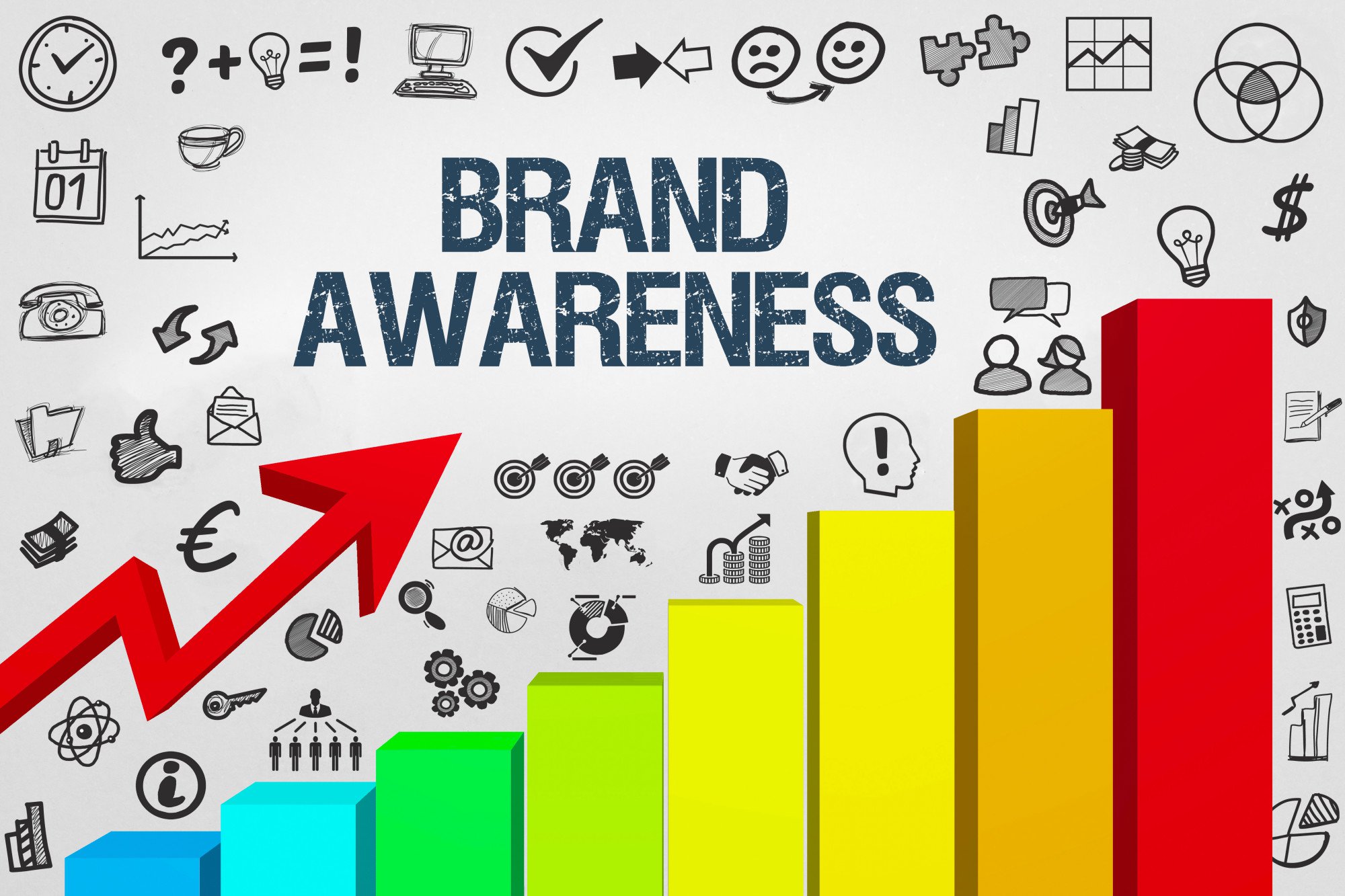
Digital accessibility has become essential for brands (or digital marketing agencies) to connect with people with disabilities. The more they improved their design and user experience aspects, the closer they would come to bridging the gap.
Various laws and regulations have been put in place so that underserved individuals with disabilities get access to technology and digital platforms. In this blog, we discuss the various sides of digital and web accessibility and why it is a critical quotient in today’s world.
What is digital / web accessibility?
Digital or web accessibility refers to the design of technology products in such a manner that they help people with disabilities to use products and services.
In the year 1990, the ADA (Americans with Disabilities Act) was passed to make public and private spaces accessible to people with cognitive, physical and sensory impairments.
Digital accessibility makes use of adaptive or assistive technology. To cite an example here, videos with closed captioning help people who are hard of hearing to understand what is being said in the video.
Similarly, audiobooks are another great example that convert text to speech so that visually impaired people can understand the content.
In 1999, WCAG (Web Content Accessibility Guidelines) was launched. It lays down certain recommendations to make content on the web more accessible to individuals with disabilities.
It also includes a guide on how to comply with WCAG guidelines. Digital products like mobile apps, websites, and other online tools are made so that they are accessible to all. Therefore, all users can access information irrespective of the impairments they have.
There is a slight difference between web accessibility and digital accessibility. Let us try to understand that. Web accessibility refers to an arrangement which makes websites and technologies accessible to all, irrespective of their disabilities.
Digital accessibility, on the other hand, includes web accessibility in addition to the accessibility of entities like audio, video, animations, kiosks, mobile apps, and electronic documents.
Web accessibility as per WCAG is based on four principles, which are sometimes called POUR. These act as the foundation of content made for the web and for anyone using the web.
1. Perceivable
The user interface must be designed such that it can be perceived by the senses. For those who are visually impaired, sound and touch act as means to web usability.
2. Operable
It deals with ergonomics. The interface has interactive elements like controls, navigation, and buttons that are operated by using gestures like swiping, touching rolling and clicking. Another example is of voice commands and assistive devices such as eye trackers and head wands.
3. Understandable
The end-user must be able to understand the meaning of information shared using the content and also understand the interaction of the interface.
4. Robust
The content provided should be robust and work with various technologies, including assistive devices.
Legal aspects of web accessibility
To safeguard against discrimination and move towards equal access, many countries have come up with web accessibility laws. There are a few laws and regulations that are prevalent as of now.
For the very first time in the US, there came the Rehabilitation Act of 1973, which prevented discrimination against people with disabilities. Section 508 was added to the Rehabilitation Act of 1973 which required to guarantee equal accessibility of electronic and information technology to people with disabilities.
It also includes WCAG mentioned earlier in the blog. WCAG is recognized around the world as a detailed standard for web accessibility laws.
Other legal regulations include:
-
Americans with Disability Act (ADA)
-
EU Website accessibility laws
-
EU Web Accessibility Directive
-
European Accessibility Act
-
Canadian website accessibility laws,
-
The Accessible Canada Act
-
Accessibility for Ontarians with Disability Act
-
Accessibility for Manitobans Act
-
Nova Scotia Accessibility Act
-
British Columbia Accessibility Act
-
Disability Discrimination Act
-
Australian web accessibility laws
How brands are utilizing web accessibility?
Brands are focusing on equity, diversity, and inclusion using their marketing campaigns, but some of these campaigns overlook the importance of web accessibility.
It is important for brands to cater to the needs of people with various disabilities. The user experience should be designed in such a manner that such individuals do not face any barriers when exploring digital mediums or the web. The apps should be designed so that they make understanding things comfortable for people with disabilities.
Some brands are utilizing the power of web accessibility, which include Procter & Gamble, Just Eat Takeaway, L’Oréal, booking.com, and many more. They are implanting and dedicating resources to building digital accessibility more convenient for individuals with various disabilities.
For brands which are looking to bring more web and digital accessibility into their culture, these tips can help. They can make accessibility a priority at the workplace and even in their offerings on the web.
Proper research is needed for them to come up with innovative ideas. They can leverage the insights of employees with a disability to create a better design of web accessibility across digital platforms.
This means they need to consider the importance of the first-hand experience of people with disabilities who are already working for them.





